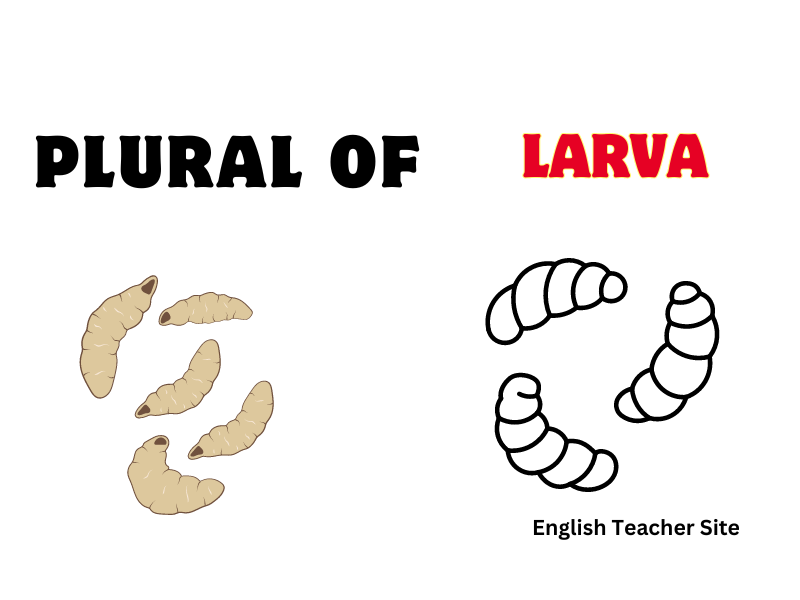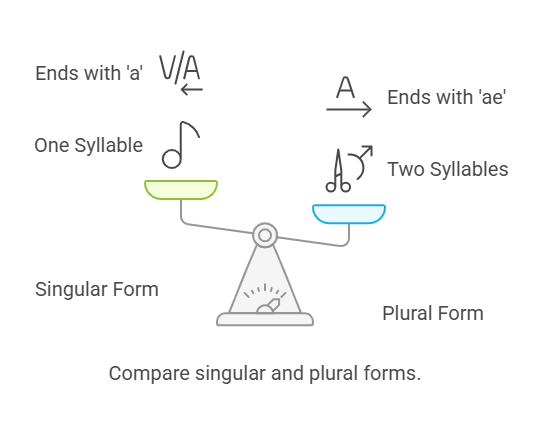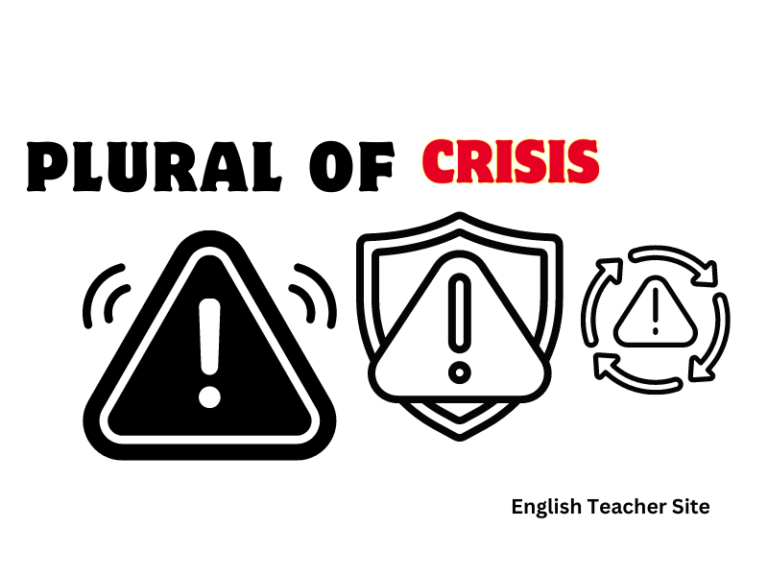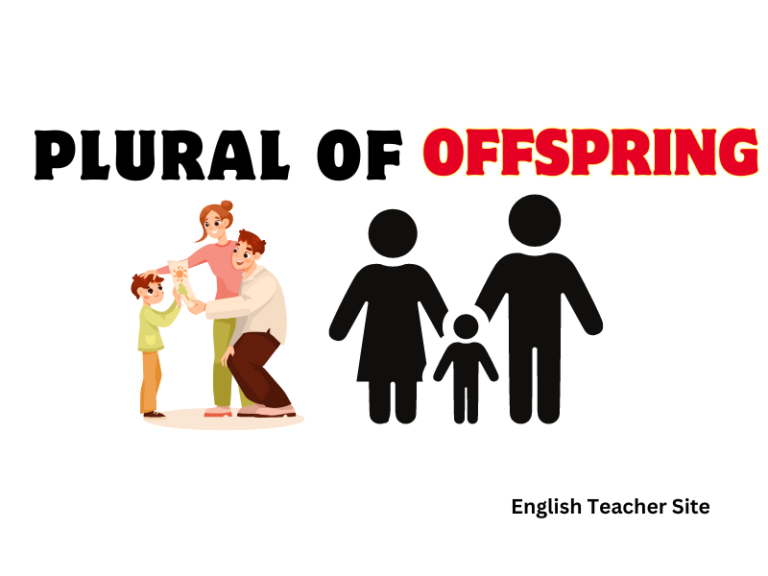The Plural of Larva: Common Mistakes to Avoid

The Correct Plural of Larva: Larvae
The word “larvae” is the plural form of “larva,” a term commonly used in biological and ecological contexts. A larva refers to an early, immature stage in an organism’s development before it undergoes metamorphosis into its adult form. Examples include caterpillars in their larvae stage, or the worm-like forms of certain insects like mosquitoes. The plural form “larvae” is crucial because it denotes more than one of these early-life organisms.
The Significance of the ‘Ae’ Ending
The ‘ae’ ending in “larvae” is not just a grammatical quirk; it signals the word’s Latin origin and its connection to scientific precision. In biological classification, accuracy is paramount, and using the correct term is critical for clear communication. In addition to maintaining linguistic consistency, the ‘ae’ ending ensures that the word conforms to the broader patterns of Latin-derived pluralization in English, which enhances the integrity of technical writing and discourse.
Common Mistakes People Make with the Plural of Larva
While “larvae” is the standard plural form, several common mistakes are made, particularly when people stray from formal writing and adopt casual, colloquial usage.
Using “Larvas” Instead of Larvae
One of the most common errors is the use of “larvas” as the plural form. This mistaken pluralization arises from the tendency to apply an anglicized version of plural rules, where the ‘s’ is added to words that end in “a.” However, “larvas” is incorrect, and using this term can undermine the credibility of writing, especially in academic and professional contexts.
Confusing “Larvae” with “Larvas” in Casual Speech
Another frequent slip-up occurs when “larvae” is mistakenly replaced by “larvas” in casual speech or informal writing. This confusion may happen because the English language often simplifies its forms, and the addition of an ‘s’ feels more intuitive for non-native speakers or those unfamiliar with Latin-based plurals. However, this practice should be avoided in precise contexts, as it introduces ambiguity into communication.
How to Easily Remember the Correct Plural Form
To remember the correct plural form of “larva,” think about the word’s Latin origin. In Latin, many first-declension nouns that end in “-a” take an “-ae” ending in the plural. By remembering this simple rule from Latin, you can apply it to any similar words you encounter in English, not just “larva.” This reinforces the connection between Latin and English grammar, making the rule easier to recall.

When to Use “Larvae” vs. “Larvas” in Everyday Writing
Formal vs. Informal Writing: Why It Matters
The distinction between formal and informal writing cannot be understated when it comes to using “larvae” correctly. In formal, academic, or professional contexts, it’s vital to use the correct plural form—”larvae.” This is because such writing demands precision and a high level of correctness. Informal writing, however, might allow for more leeway, though “larvas” should still be avoided. In casual conversations or less formal blogs, the error may not be as glaring, but consistency with standard grammar should still be prioritized.
Common Misconceptions and Why They’re Incorrect
A common misconception is that “larvas” can be used as an acceptable plural form in all contexts. While this might be a natural assumption based on general English pluralization rules, it fails to respect the linguistic and scientific roots of the term. Correct usage of “larvae” is essential for clarity and correctness, whether in casual discussions about insects or more formal, scientific articles.
The Impact of Using the Wrong Plural Form
How Incorrect Usage Affects Credibility
Using the wrong plural form of “larva” can severely impact the credibility of your writing. In professional and academic settings, incorrect grammar diminishes the perceived authority of the author and can make the reader question the overall quality of the work. When speaking or writing about scientific topics, precision is critical. A small mistake, such as using “larvas” instead of “larvae,” may distract the reader and create doubt about the accuracy of the content.
Why Attention to Detail Is Crucial in Professional Writing
Professional writing is all about attention to detail. Whether crafting research papers, scientific articles, or high-level business communications, every word carries weight. Inaccurate use of terminology like “larvas” instead of “larvae” detracts from the professionalism of the piece. Demonstrating an understanding of basic grammar rules, including proper pluralization, establishes the writer as someone who values accuracy and expertise, which enhances their reputation.
Quick Test: Are You Using the Plural of Larva Correctly?
A Fun, Interactive Quiz to Check Your Knowledge of the Plural
Test your understanding of the plural form of “larva” with a quick quiz. The following sentences will help you determine whether you’re using the plural form correctly. Choose the correct version of each sentence:
- “The ____ were found under the bark of the tree.”
- “I studied the development of the ____ over several months.”
Answer key: “larvae” is the correct answer in both cases.
Practice Sentences to Identify and Correct Mistakes
Here are a few practice sentences to help you spot mistakes and improve your usage:
- “The scientist examined the various ____ of mosquitoes.”
- “I saw several ____ crawling across the soil.”
Correct each sentence by replacing the incorrect form with the proper plural: “larvae.”
Conclusion: Mastering the Plural of Larva
Mastering the plural form of “larva” is more than just an academic exercise—it’s about ensuring clarity, precision, and professionalism in writing. By understanding the origins and significance of the word “larvae,” and by consistently avoiding common mistakes, you’ll elevate your writing. Embrace the correct usage, and remember, mastery comes with consistent practice and a keen eye for detail. Keep honing your language skills, and soon, the plural of larva will become second nature.
Sources
My name is Khamis Maiouf. I am the creator of the English Teacher Site, dedicated to providing valuable resources and insights for students around the world. With a passion for education and a commitment to helping students enhance their skills, I aim to make English teaching more effective and enjoyable for both educators and students.






